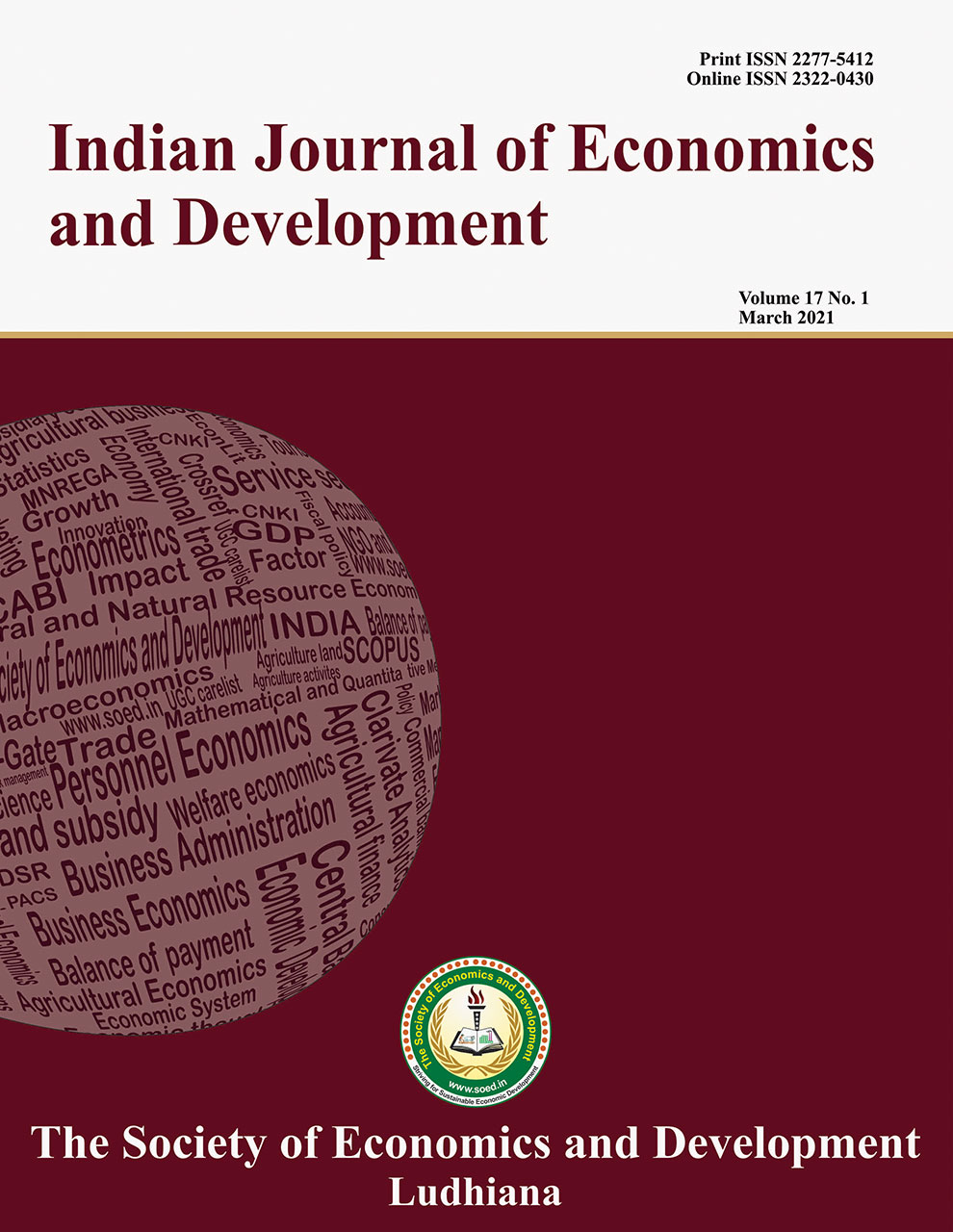An Analysis of Employment Status in Indian Handloom Industry

Price: ₹ 500
Author: Manuj Baruah and Paramita Saha
Author Address: Ph.D. Scholar and Professor, Department of Economics, Tripura University (A Central University), Suryamaninagar District Agartala-799022 (Tripura)
Keywords: Allied workers, handloom sector, male and female, NER and non NER states, weavers
JEL Codes: J62, J81, J82, L67
Abstract
The handloom industry provides livelihood opportunities to many rural and urban populations in India. The present research was primarily focused on 13 major handloom practising states of India, each of which had more than one per cent share of total employment in India's handloom sector and covered 93 per cent of workers in this sector. The results showed the growth of employment in the handloom weaving sector and described the status of workers in the sector. Handloom census reports 2009-10 and 2019-20 form the database for the present study. It was observed that 4 states had a positive CAGR of the number of workers in the sector from 2009 to 2019, while it declined at the national level. The research also discussed the nature of work, engagement pattern, the average number of working days, average household income etc., and identified differences among the states.
Description
Indian Journal of Economics and Development
Volume 18 No. 2, 2022, 331-340
DOI: https://doi.org/10.35716/IJED/21136
NAAS Score: 5.15 (2022)
Indexed in Clarivate Analytics (ESCI) of WoS
Indexed in Scopus (SJR: 0.18)
UGC Approved (UGC-Care List Group II)



